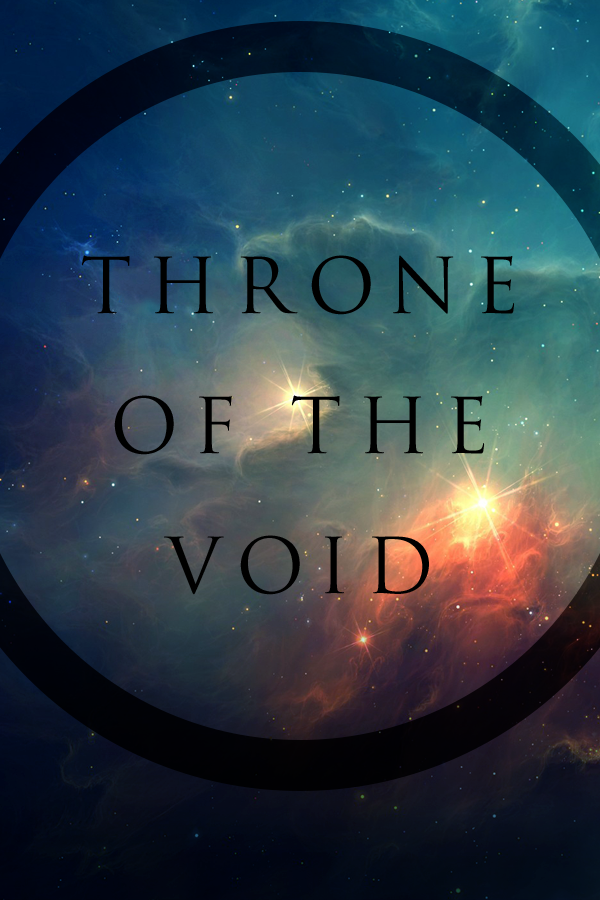Returning to the Hegemony
Setting Versus Product Line
Revisiting Procyon
One thing that John pushes me to do when we design games is to think about the world beyond the scope of the current adventure. To get Scum and Villainy off the ground, we just needed to know the streets of Rin, and the spaceport where the Stardancer was locked down. That’s enough to run an escapade and have a great first session. To make a game, you want to paint a world in both broad strokes (there is a Hegemony) and in painstaking detail (this person was kidnapped by the Counters guild). But there’s a different scope to look at a setting from, one that looks at painting enough rules to set up a world where you can tell multiple different stories.
There’s a different scope to look at a setting from, one that looks at painting enough rules to set up a world where you can tell multiple stories.
Scum and Villainy comes with a tight sector with only four systems. It’s enough to keep the pressure up if you make too much noise, and with planets sufficient to host dozens of varied space opera adventures. But what happens if you want to go beyond?
Some of that’s implicit in the rules. The pattern for designing systems is inherent in the sheets. Copy it over, fill in new planets, keep flying and “crime-ing”. But what if you want to go beyond just flying and crime? That’s when things get interesting.

We all know that Forged in the Dark games hang on the fiction. How do you know a roll is risky, if you don’t know how dangerous blasters are? So painting a world that people understand implicitly is critical. But how do you find a consistent tone and palette between games, when they have such a difference in fiction and tone?
There are some obvious answers. Some of it is reincorporating familiar themes and touchstones. You’ll see House Malklaith again. You’ll recognize the Seekers, and Church of Stellar flame if you’ve read Scum and Villainy. But the setting has become bigger.
This is where those pushes from the early work pay off. The challenge is to make sure that by expanding the setting you don’t overwrite anything that’s happened in people’s games. To keep the groundwork steady so you don’t just kick over fiction and imagination people have set down. One of the ways we do this is by expanding on the breadcrumbs left in the original text. Mention a noble house? They now become a major player. Talk about a previous event? It now becomes a pillar of the story. Things you’ve left as hooks or notes become major setting elements in their own right.
If we did our jobs right, folks reading Throne of the Void will have lightbulb moments where they connect events from the first book to the past, without feeling like they have to remember everything or have major continuity knowledge. The goal is to make players familiar with Scum and Villainy feel the world of Throne is familiar, while still providing them with a fresh playground.
There’s probably a big blog post hidden in here about the differences in tone and approach between games in the same setting, but that’s a blog post for the future.

